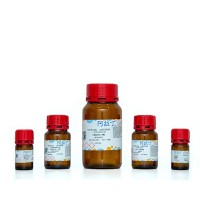Electrophoretic Mobility Shift Assays
互联网
907
Perhaps the most common technique used in the study of DNA-binding proteins is the electrophoretic mobility shift assay (EMSA) or gel shift assay. It can be used with crude protein mixtures or purified proteins in studies of, for example, the DNA sequence requirements of binding, kinetics of binding, identification and characterization of binding proteins, and cofactor requirements. Using radioactively labeled DNA probes, detection of proteins present in subfemtomolar amounts is readily possible. The principle of the assay is very simple—DNA fragments and proteins are mixed in a suitable buffer and binding is allowed to occur. The mixture is then separated by nondenaturing gel electrophoresis; stable complexes of DNA and protein are generally significantly retarded in mobility in comparison with the free DNA and the separated complexes are normally viewed by phosphorimaging or autoradiography. Despite the basic simplicity of the method there are many factors in addition to the need to optimize basic buffer requirements important to its successful application. In all reactions, especially those involving crude cellular or nuclear extracts, there are a number of competing reactions involving both the specific DNA probe and its protein target. The DNA probe may be bound nonspecifically by other proteins, removing it from the pool for specific binding and leading to nonspecific bands, smearing of the probe or trapping in the sample well.








